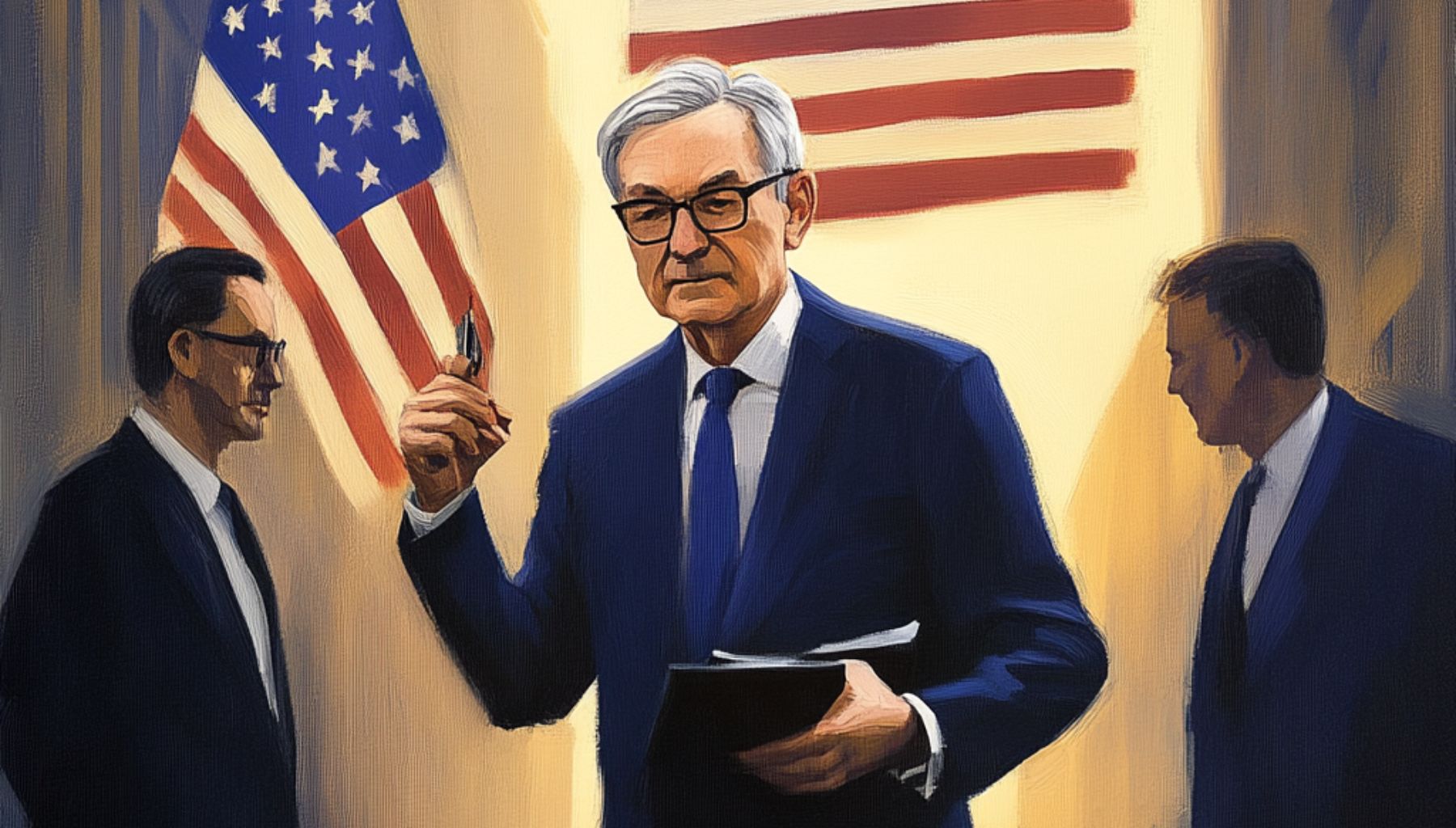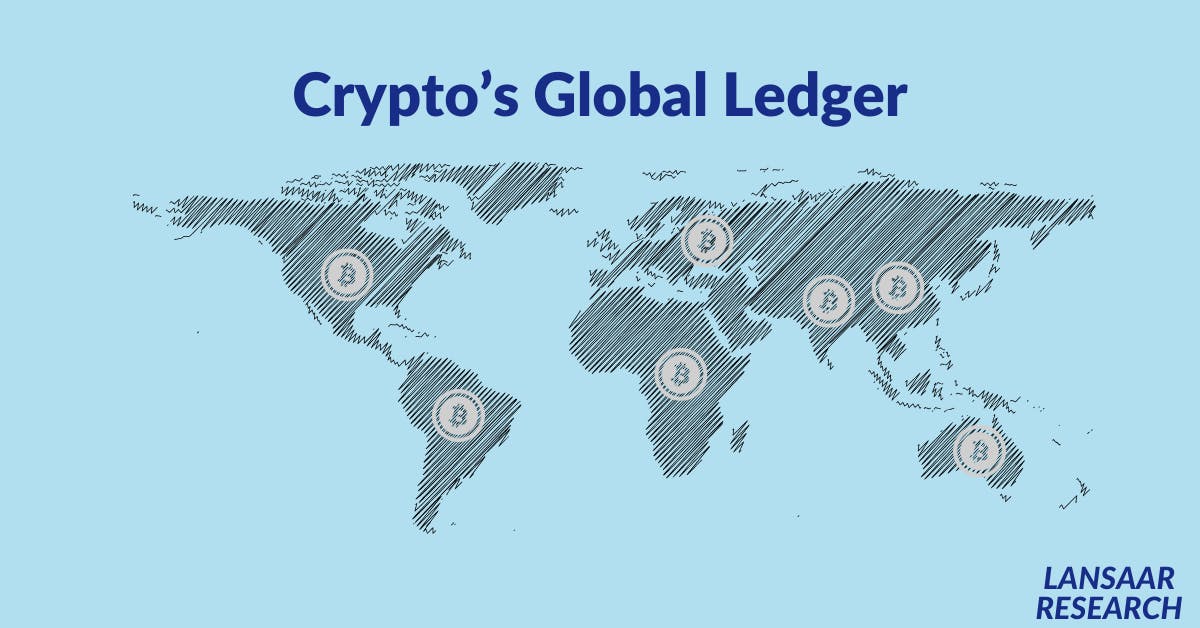As the economic landscape continues to evolve, recent indicators point toward a notable shift in inflation rates within the eurozone. March 2025 recorded a decrease in inflation to 2.2%, marking the lowest level since November 2024 and slightly below the anticipated rate of 2.3%. This decline has sparked discussions regarding potential interest rate adjustments by the European Central Bank (ECB) in the immediate future, particularly in April. The unfolding situation brings both opportunities and risks for the cryptocurrency cycle.
Understanding Inflation Trends
The dynamics behind inflation reveal a mixed scenario for various sectors:
- Price increases in services have slowed to 3.4%, down from 3.7% in February.
- Energy prices fell by 0.7%, contrasting with a previous growth of 0.2%.
- Industrial goods remained stable at 0.6%.
- Processed food, alcohol, and tobacco prices stayed constant at 2.6%.
- However, unprocessed food prices surged to 4.1%, a significant rise from 3.0%.
Core inflation, which excludes volatile food and energy prices, decreased to 2.4%, falling just below the forecast of 2.5%, representing the lowest rate since January 2022. On a month-to-month basis, consumer prices rose by 0.6%, an increase from 0.4% in February.
Forecasting Economic Impacts
The outlook for inflation remains precarious. New import tariffs in the United States may reduce export activity to the eurozone, which could help lower inflation through decreased demand. However, these tariffs could also restrict the supply of goods available in the eurozone, complicating the economic recovery.
Conversely, potential countermeasures from the European Commission could inadvertently raise inflation. Such measures might act as a domestic tax burden that consumers will partially bear, thus adding complexity to the economic equation.
Anticipation of ECB Decisions
In April, ECB President Christine Lagarde will receive crucial data regarding the impact of U.S. tariffs on European goods. This information will be integral to shaping the ECB’s decisions on interest rates. A tight labor market, with unemployment reaching a record low of 6.1% in February, adds further complexity to the situation.
Analysts are currently estimating an 82% chance that the ECB will opt for a 25 basis point interest rate cut during their meeting on April 17.
U.S. Economic Indicators on the Horizon
Meanwhile, investors in the United States can expect a flurry of inflation data and commentary from the Federal Reserve in the second week of April. Major financial entities like BlackRock, JPMorgan Chase, Morgan Stanley, and Wells Fargo are scheduled to release quarterly earnings reports, which could provide insight into the broader economic sentiment.
Key economic indicators expected during this week include:
- The NFIB Index reflecting small business optimism (Tuesday, April 9).
- Wholesale inventories and March’s Fed meeting minutes (Wednesday, April 10).
- Initial unemployment claims and the Consumer Price Index (Thursday, April 11).
- The Producer Price Index and Michigan University’s preliminary Consumer Sentiment Index (Friday, April 12).
The Relationship Between Bitcoin and Macro Trends
Questions arise around whether Bitcoin has peaked for its current cycle or if another surge is possible in 2025. Traders are observing a potential “death cross,” prompting speculation about a short-term sell-off. Benjamin Cowen’s inquiry into whether a counter-trend rally similar to those seen after previous events will follow is a topic that remains uncertain.
This economic environment encourages vigilance among cryptocurrency investors, as fluctuations in inflation and interest rates could significantly influence market behaviors moving forward.



